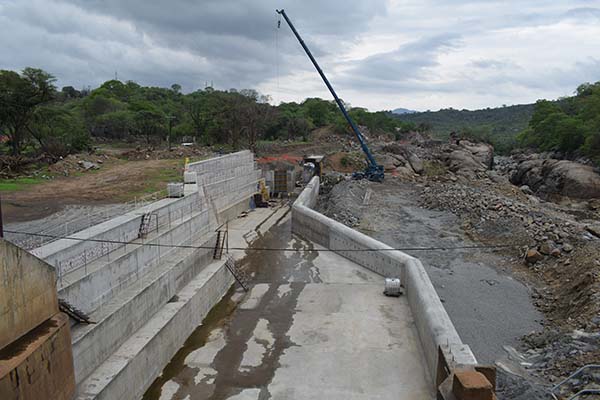
Mining
800MW required to power minerals sector
January 22, 2020 / Wahard Betha

The Ministry of Natural Resources, Energy and Mining says a minimum of 800 MW of energy is required to power the mining sector.
The Ministry said this during a stakeholder’s workshop on the identification and prioritization of advocacy in the implementation of the National Energy Policy which was held at Sunbird Capital Hotel in Lilongwe.
The Electricity Generation Company (EGENCO) produces an average of 363.75 MW against a demand of over 450 MW which is expected to grow to over 1000 MW by 2020 this year.
In a report presented at the workshop dubbed ‘Status of energy sector in Malawi,’ the Ministry explains that the Government has embarked on various initiatives to attract private investors in the power generation industry.
It leads: “Some of Government’s interventions to allow private sector participation in the power industry include: Amendment of Electricity Act; development of the Independent Power Producer (IPP) Framework; conduction of Cost of Service Study; conduction of feasibility study; development of an Integrated Resource Plan (IRP) and; construction and rehabilitation of transmission and distribution lines and substations for evacuation of power.”
The report indicates that the country has a huge potential to increase hydropower generation capacity to 1, 300 MW.
There is also potential for coal-fired power generation and renewable energy including solar energy, wind, geothermal and mini/micro hydro.
It says despite such potential, 99% of the nation’s electricity is generated from hydropower stations cascaded on the Shire River.
Meanwhile, the Ministry has signed a Power Purchase Agreement (PPA) with an investor to develop a wind energy project at Lunjika in Mzimba and conducted resource mapping across the country for development of solar power, geothermal and mini hydro power stations.
“The country receives 2, 640 sunlight hours in a year with annual average insolation levels in the range of 5.21 to 5.79metres kWh/m2/year.”
“There is also potential for wind energy with measured annual average wind speeds of 3.8 to 4.0 m/s at 10m heights; 12m/s in Chikangawa and at 70metres in Bolero, Rumphi,” reads the report.
Besides the mining sector, other sectors that are yearning for increased power supply include: Tourism, education, banks, ICT, hospitals and offices, all requiring a minimum of 500MW.
The Green Belt Irrigation Initiative requires a minimum of 130MW; manufacturing and processing industry demands not less than 700MW while domestic demand is pegged at a minimum of 700MW.
Malawi’s access rate to electricity stands at 11.4 percent overall with only about two percent in rural areas and blackouts are the order of the day in the country owing to inadequate generation capacity; ageing transmission and distribution networks; non-cost reflective tariffs; slow rate of connection to the grid; and environmental degradation.
Power projects underway in the county include the 19 MW Tedzani IV to be completed by 2021; the 70MW grid connected solar project; the 350MW Mpatamanga hydropower plant whose construction will start this year 2020 or 2021; the 200MW Kholombidzo hydropower plant; the 261MW Fufu hydropower and the 190MW Songwe hydropower plant.
The National Energy Policy (NEP) of 2018 is based on a goal of increasing access to affordable, reliable, sustainable, efficient and modern energy for every person in the country.
Mineral exploration is advancing in a number of mining projects which will require a substantial amount of power including Makanjira Heavy Sands in Mangochi, Songwe Hill Rare Earths in Phalombe, and Kanyika Niobium in Mzimba.
The Kayelekera Uranium Mine in Karonga, which is currently on care and maintenance, uses diesel generators.































